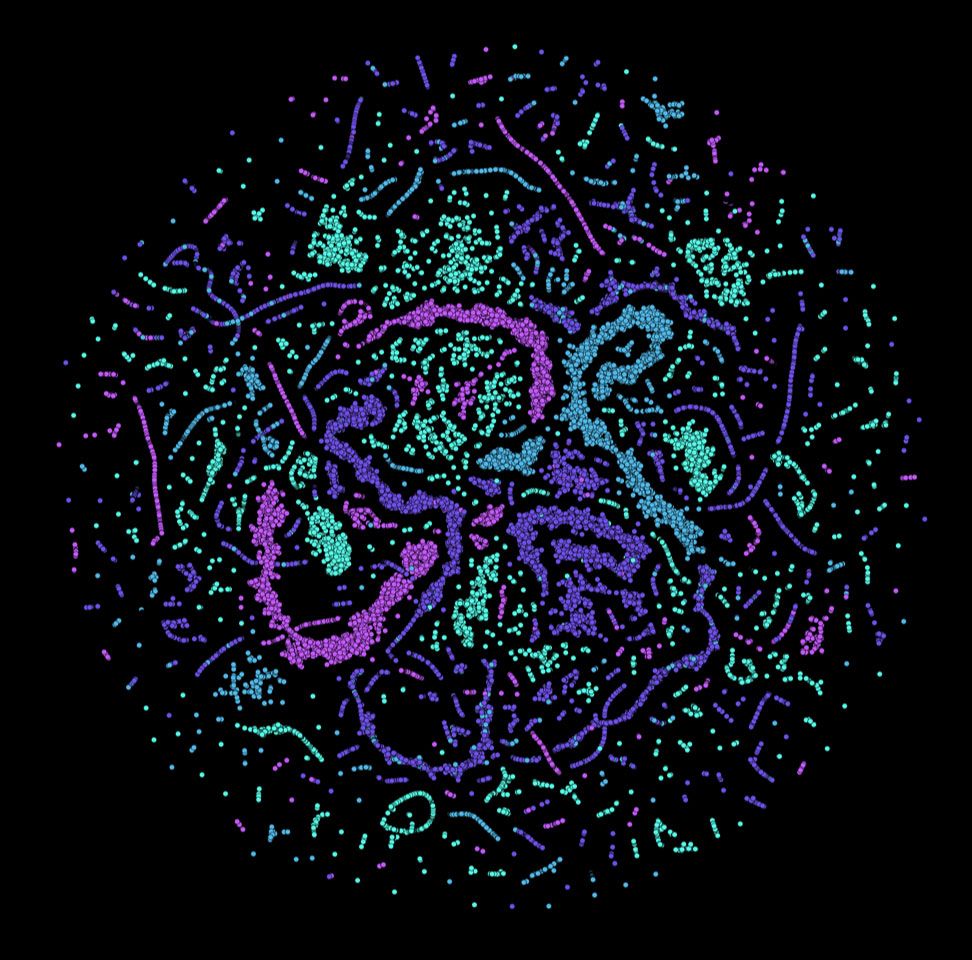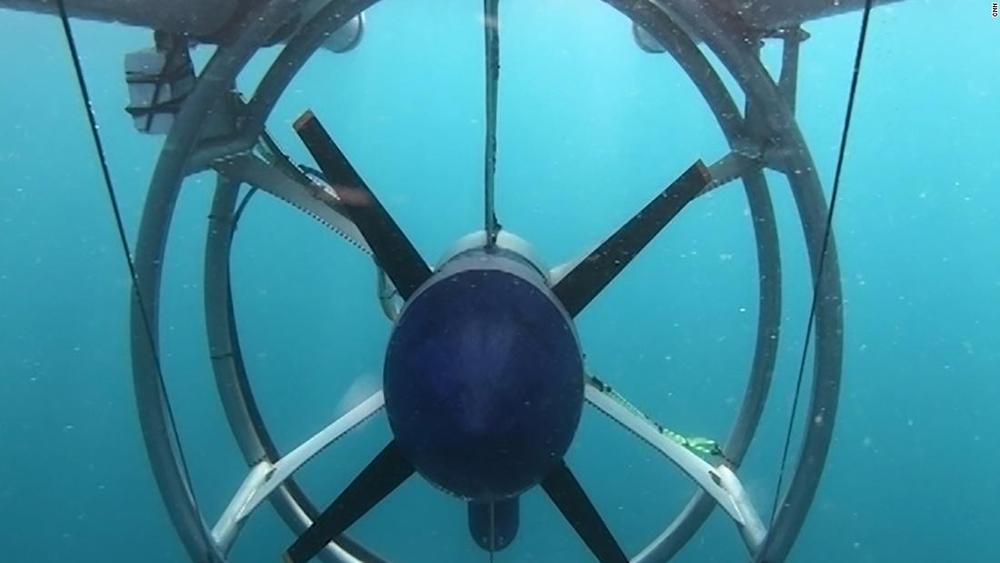HOUSTON, June 2, 2020 /PRNewswire/ — Cellenkos Inc., a privately held, clinical stage biotech company announced today that the US Food & Drug Administration (FDA) has cleared the way to initiate a Phase 1 clinical trial of CK0802 (Cryopreserved Cord Blood Derived T-Regulatory Cells) for treatment of COVID-19 associated acute respiratory distress syndrome (ARDS). The trial is designed as a randomized, double-blinded, placebo-controlled study to assess safety and preliminary efficacy in this hospitalized patient population.
“We appreciate FDA’s expedited review of our plans to evaluate CK0802 in critically ill, intubated patients suffering from ARDS, a deadly complication of COVID-19”, said Elizabeth J Read, MD, Chief Technology Officer, Cellenkos Inc. “Preliminary observations in two intubated COVID-19 ARDS patients, who received cryopreserved cord blood T-regulatory cells under FDA Emergency Use Authorization after failing tociluzumab, were promising. In the forthcoming Phase 1 randomized trial, CK0802 will be assessed for both toxicity and 28-day treatment success, as co-primary outcomes.”
“Use of allogeneic, off-the-shelf cord blood-derived T-regulatory cells has emerged as a promising therapeutic strategy for the treatment of inflammatory disorders, specifically in terms of interrupting and arresting the cytokine storm unleashed by COVID-19 infection,” said Dr Siddhartha Mukherjee, MD, PhD, Columbia University, New York, scientific advisor and collaborator on the multi-center clinical trial. “Rather than indiscriminate therapy with a drug such as an inhibitor of single cytokine such as IL-6, the T-regulatory cells can potentially calm inflammation exactly where it is most active, without causing a more general “global” immunosuppression that would be harmful in a virally infected patient. Planned correlative assays during the clinical trial will provide insights into the mechanism of action of CK0802 and its relation to clinical outcomes.”

















